The volume is a detailed study of Rin-chen-bzan-po, the key figure in the Later Spread of Dharma after its persecution by Glan-dar-ma in A.D. 901. Due to him it first appeared in Mnah-ris and later on spread to Dbus and Gtsan. He is famous for his translations of both the sutras and tantras, and extensive explanations of the Prajnaparamita. While Buddhism spread anew with greater purity and its understanding deepened by the new sutras and tantras, Rin-chen-bzan-po realised that the translations of sacred texts alone would not do, and to irradiate the faith temples would have to be built and would also have to be attractive to draw people. He brought with him artists and craftsmen from Kashmir to embellish temples newly built all over the country. The temples at Tabo, Tsaparang, Tholing, and elsewhere in Western Tibet bear clear evidence of the craftsmanship of Kashmiri masters. The murals of Man-nan temple are the only surviving frescos of the Kashmiri idiom known today. There is a sharp distinction between the school of Guge and the school of Central Tibet, inspite of the same spiritual world. While Guge leaned on Kashmir because of geographic proximity, Central Tibetan schools were influenced by the Pala and Nepalese idiom. A Tibetan manuscript of his biography has been reproduced at the end of the volume. It is an indispensable book for the evolution of Tibetan Buddhism in general, its Renaissance around the millenium, and also for Kashmiri art transmitted to western Tibet where it finally blossomed under the patronage of the kings of Guge.
Buddhism in Ancient Bengal
$20.70
$23.00


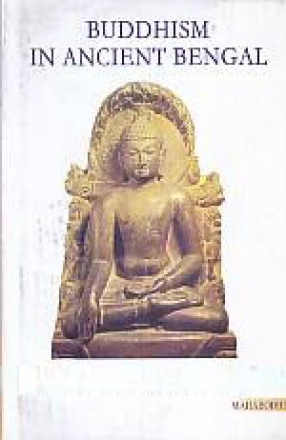
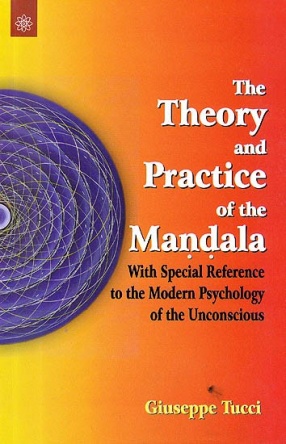
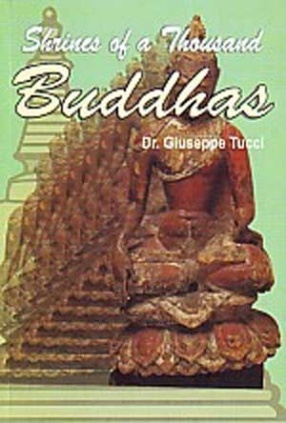

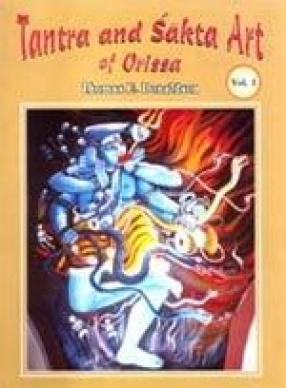
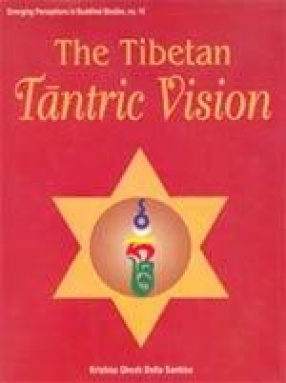
There are no reviews yet.